By Sandy Hower, Account Executive and Meeting Planner, THM
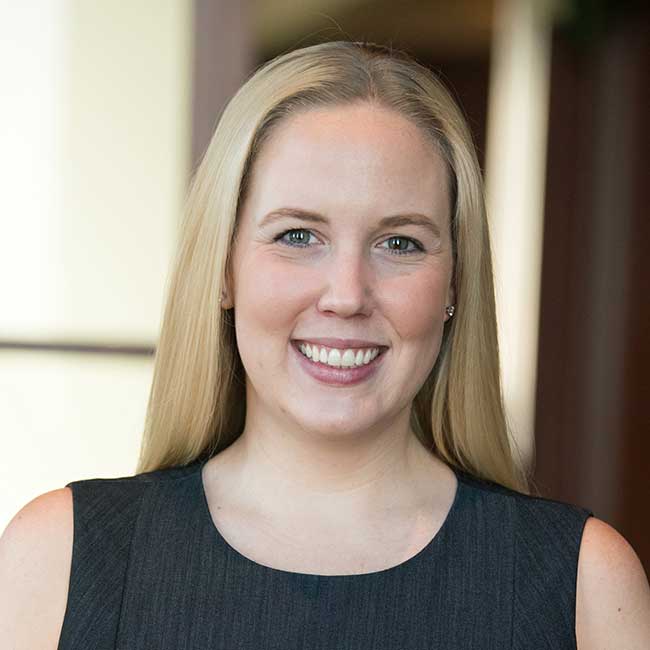 Associations, corporations, start-ups, non-profits, and individuals in general have all been discussing diversity, inclusion, social justice, and racism a lot more since the deaths of George Floyd and Breonna Taylor.
Associations, corporations, start-ups, non-profits, and individuals in general have all been discussing diversity, inclusion, social justice, and racism a lot more since the deaths of George Floyd and Breonna Taylor.
Over the past several months, THM has been engaging in Diversity & Inclusion (D&I) conversations to learn more about how to address the D&I challenges facing associations. Some of the webinars attended include: "Association D, E & I Efforts In Action: A Showcase of Models," organized by Lowell Applebaum, FASAE, CAE, CPF, CEO & Strategy Catalyst, Vista Cova, LLC; "Inflection Point: Is the Events Industry Motivated to Change," organized by Smart Meetings; and "Rooting Out Racism: How To Get Started at Your Association," organized by Association Success.
Below is a list of key thoughts and considerations.
Associations Have Power
Associations have more power and influence than some might think. Associations have Boards and Committees made up of members from many corporate companies, this can help inspire and lead change beyond the association itself and help change corporate America/government entities.
Where to Start?
Start small by asking yourself some questions. Think about your answers. Did you have to justify any? If you had to justify your answer, then something more needs to be asked/addressed.
In the environment that I'm in:
- Who is in this picture?
- Who is left out? Why is that?
- What do I influence? Why is that?
- What are some things that I do that might perpetuate racism?
- What vendors/companies do I work with?
- Who is involved with those vendors/companies? Who is not?
Diversity vs. Inclusion vs. Equality vs. Equity
- Diversity is about WHAT. It focuses on the makeup of a workforce.
- Inclusion is about the HOW. It is the creation of a work environment and culture that enables all employees to participate and thrive.
- Equality is giving people the same thing/things.
- Equity is fairness in every situation.
Shared Definition
Before you can really try to address and solve a problem, you need to make sure there is a common definition of the problem.
- How does your association define racism?
- How does your association define diversity? Inclusion?
Matters to Think About
- Don't just create new policies, take the time now to examine your existing policies and start addressing the inequities, if any.
- What in this policy serves everyone in your organization?
- How are your operations in line with your mission?
- Are you who you say you are?
- Are your mission and vision statements incorporating everyone?
- What is the core of your organization/company that you are offering to the community?
- Remember it is a marathon, not a sprint - small steps are important (statements), but then move onto bigger steps.
- Bring in an outside moderator for meetings and discussions about D&I.
- Educate yourself: read, learn, be honest about what you do not know, go talk to people who know more than you.
- Include D&I goals and objectives into your organization's strategic plans.
 For this holiday season, our goal here at THM is to send 50 shoe boxes for children with Samaritan’s Purse Operation Christmas Child. Everyone is invited to participate in this fun and impactful community service project; and there's more than one way you can participate:
For this holiday season, our goal here at THM is to send 50 shoe boxes for children with Samaritan’s Purse Operation Christmas Child. Everyone is invited to participate in this fun and impactful community service project; and there's more than one way you can participate:
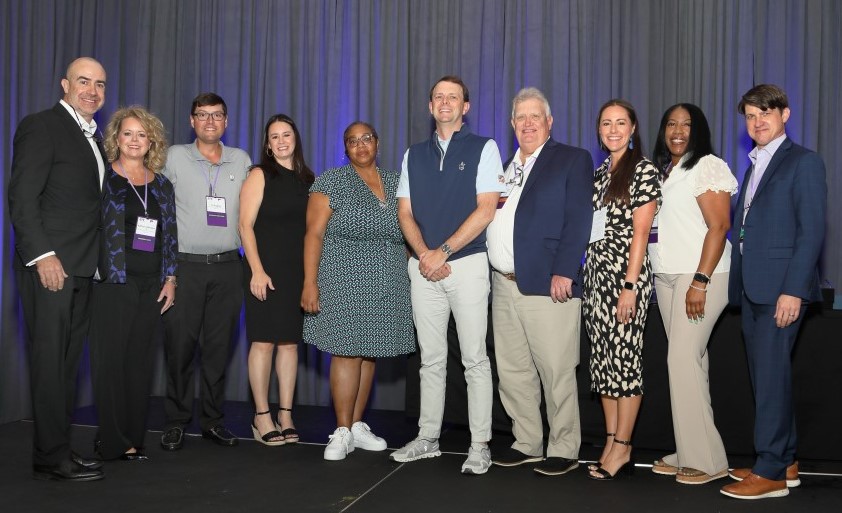
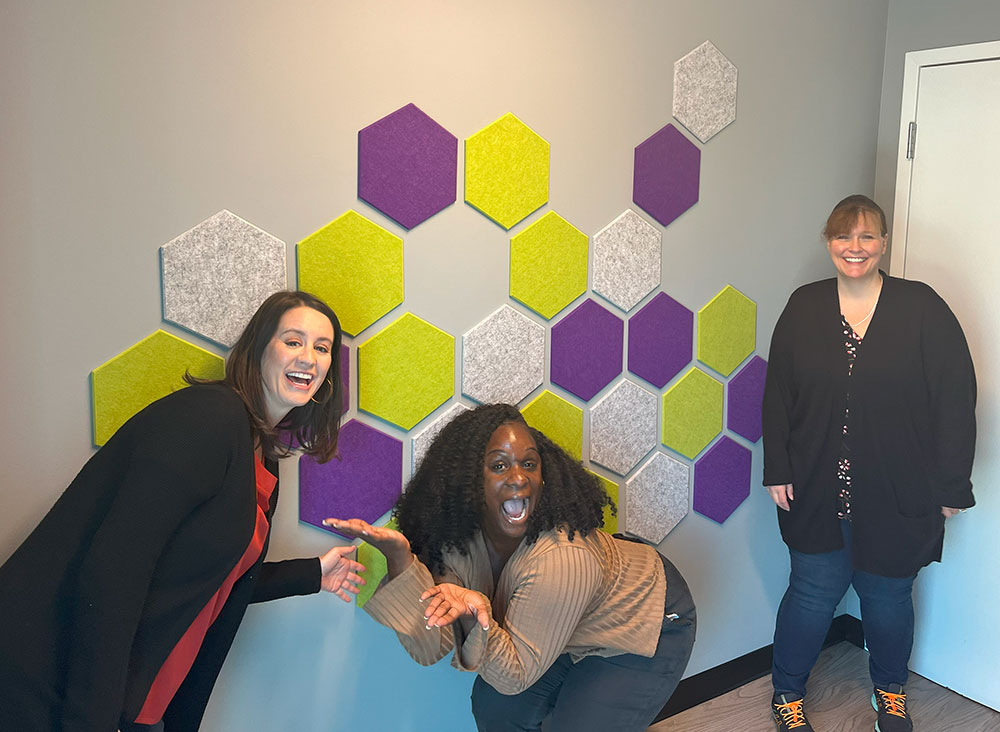
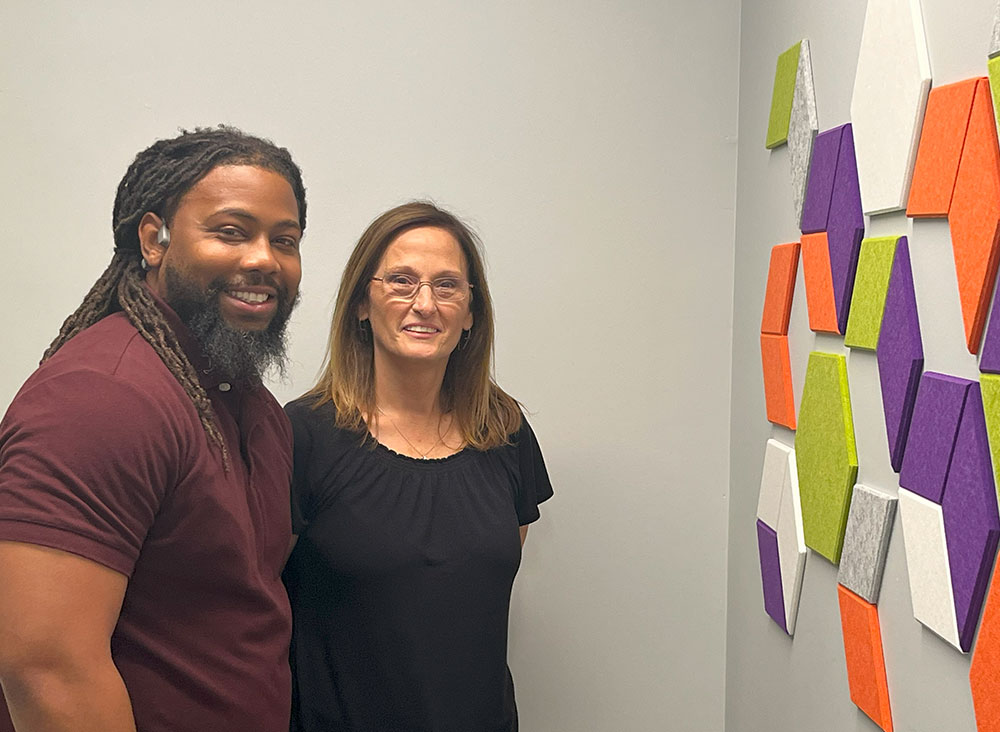
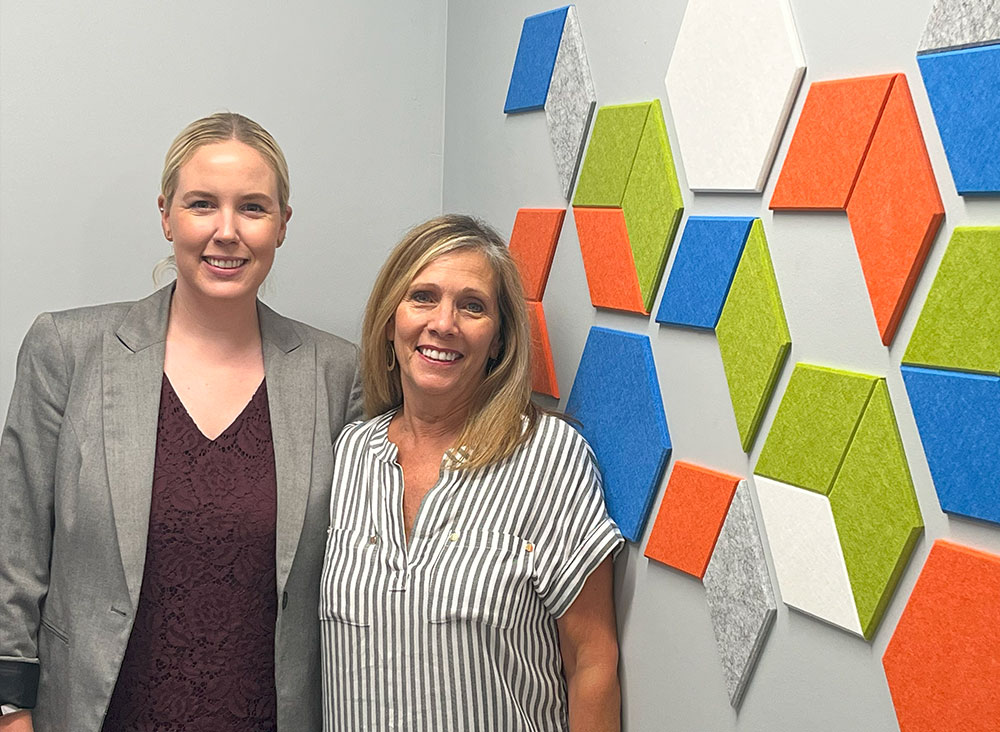
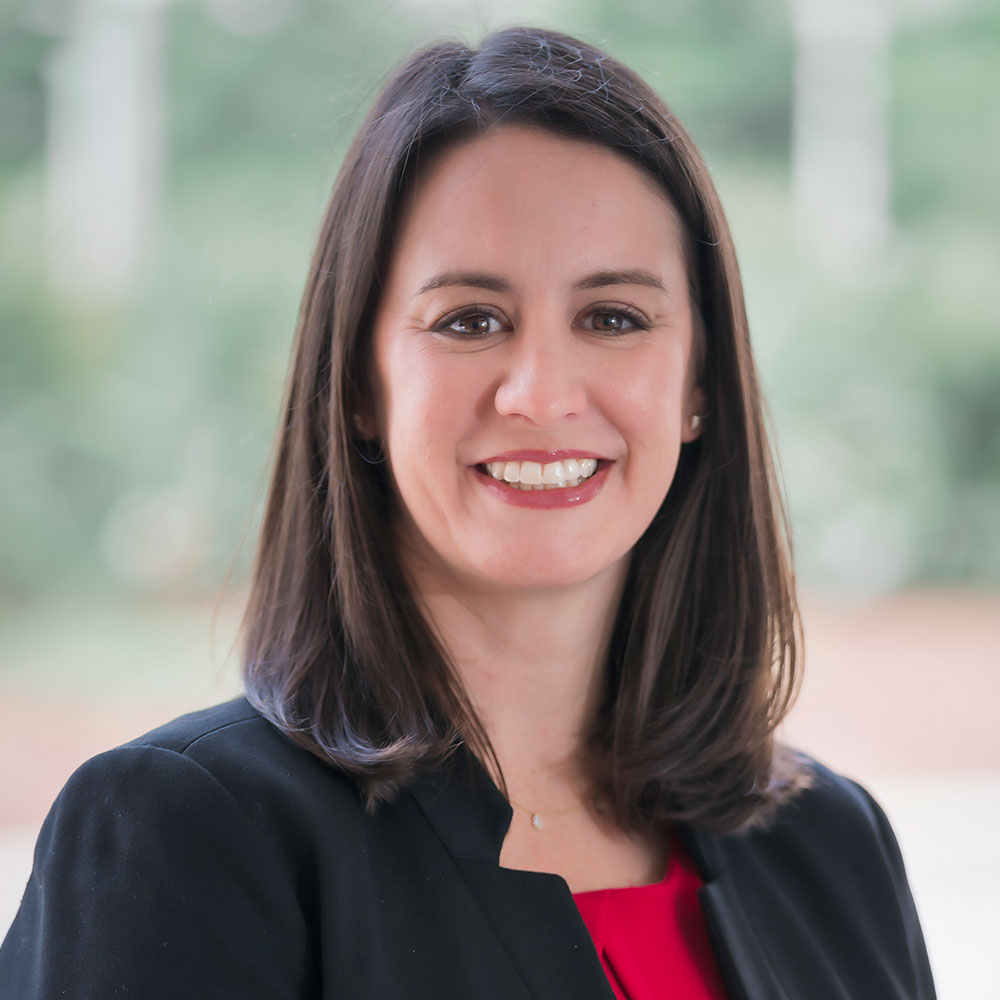 Melissa Klingberg, account executive and meeting planner with THM, has earned the Certified Association Executive (CAE) credential through the American Society of Association Executives (ASAE). This credential is the marker of a committed association professional who has demonstrated the wide range of knowledge essential to manage an association in today’s challenging environment and is the highest professional credential in the association industry.
Melissa Klingberg, account executive and meeting planner with THM, has earned the Certified Association Executive (CAE) credential through the American Society of Association Executives (ASAE). This credential is the marker of a committed association professional who has demonstrated the wide range of knowledge essential to manage an association in today’s challenging environment and is the highest professional credential in the association industry. Associations, corporations, start-ups, non-profits, and individuals in general have all been discussing diversity, inclusion, social justice, and racism a lot more since the deaths of George Floyd and Breonna Taylor.
Associations, corporations, start-ups, non-profits, and individuals in general have all been discussing diversity, inclusion, social justice, and racism a lot more since the deaths of George Floyd and Breonna Taylor. Over the past few months, organizations have had to rethink how they communicate with their members, partners, and the public in response to both the ongoing COVID-19 pandemic and the new momentum of the Black Lives Matter movement. Last month, The Lee Institute hosted a webinar on “How to Write a Transparent, Authentic and Actionable Pivot Message” led by Deborah Bosley, PhD, Founder and Principal of The Plain Language Group. Dr. Bosley provided guidelines on how to craft appropriate and personalized messages for your organization.
Over the past few months, organizations have had to rethink how they communicate with their members, partners, and the public in response to both the ongoing COVID-19 pandemic and the new momentum of the Black Lives Matter movement. Last month, The Lee Institute hosted a webinar on “How to Write a Transparent, Authentic and Actionable Pivot Message” led by Deborah Bosley, PhD, Founder and Principal of The Plain Language Group. Dr. Bosley provided guidelines on how to craft appropriate and personalized messages for your organization.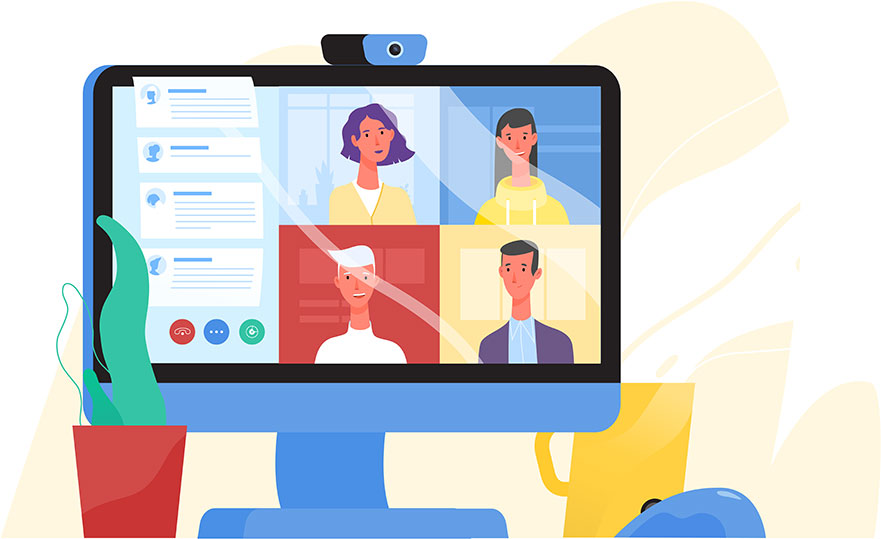 A
A